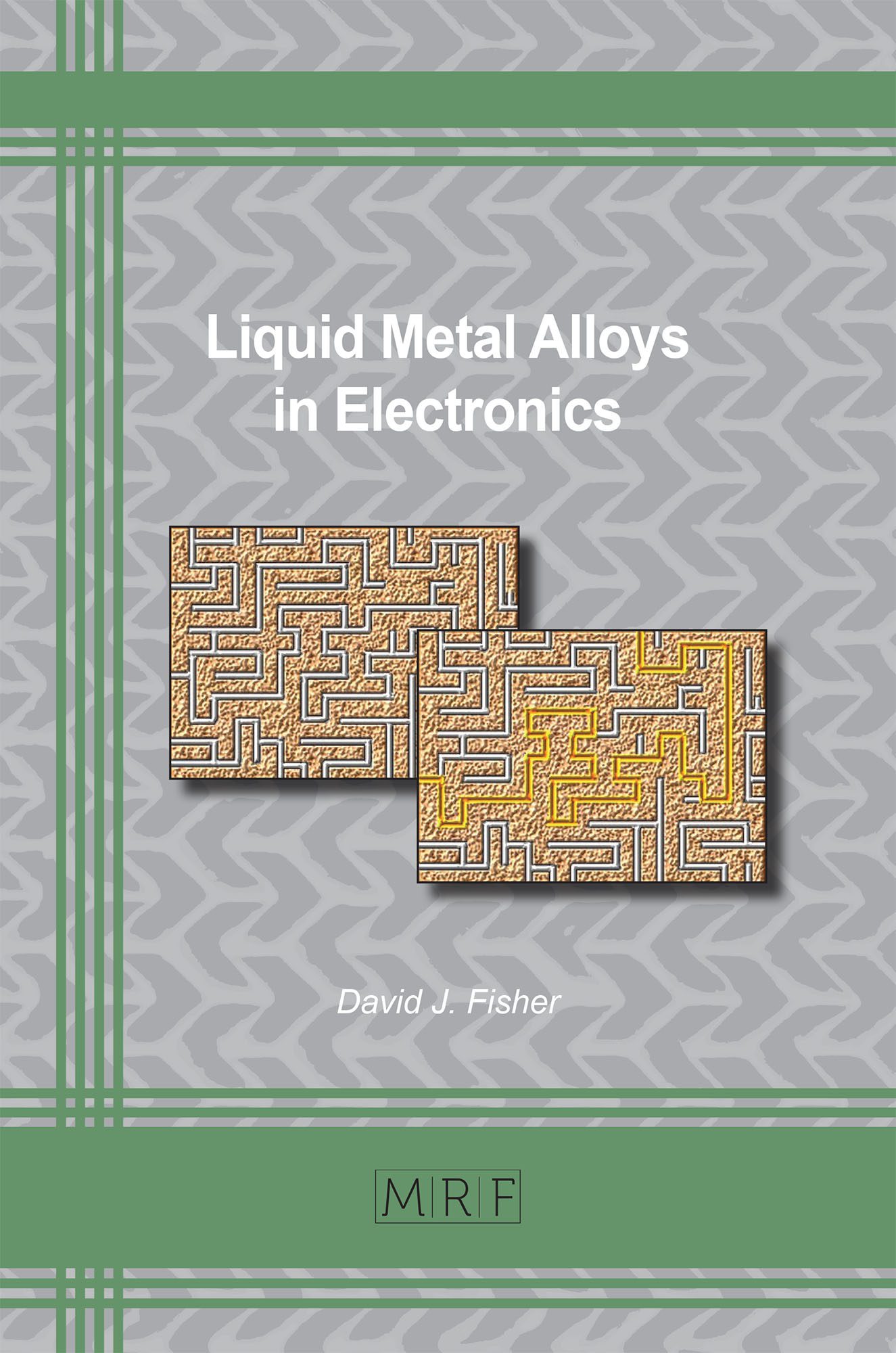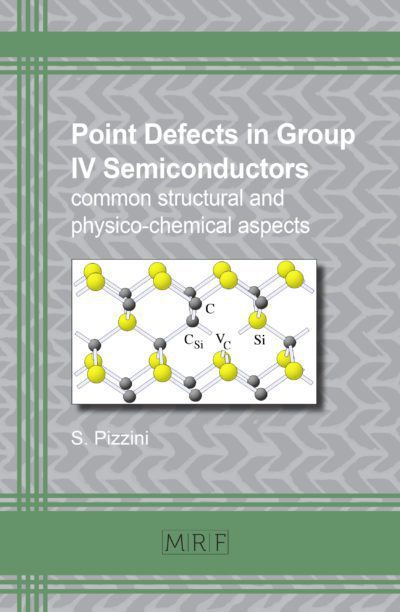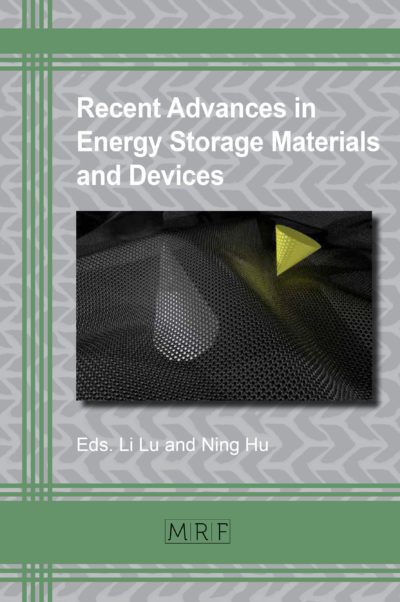Liquid Metal Alloys in Electronics
David J. Fisher
Materials Research Foundations Vol. 70
Publication Date 2020, 136 Pages
Print ISBN 978-1-64490-068-0 (release date March, 2020)
ePDF ISBN 978-1-64490-069-7
DOI: 10.21741/9781644900697
Liquid metal alloys are of rapidly increasing interest in electronics because they combine the high electrical conductivity of metals with the ease of manipulation and reconfiguration of liquids. The book focuses on such issues as self-assembled monolayers, energy-harvesting, reconfigurable and flexible antennae, sensors, conformable electronics, the creation of non-wetting super-hydrophobic or super-lyophobic surfaces, vacuum-assisted infiltration techniques, development of microfluidics, deformable electrodes and wearable electronics. The book references 270 original resources and includes their direct web link for in-depth reading.
Keywords
Liquid Metals, Gallium-Indium Alloys, Galinstan, EGaIn, Self-Assembled Monolayers, Energy-Harvesting, Reconfigurable Antennae, Sensors, Conformable Electrodes, Stretchable Wires and Interconnects, Self-Healing Circuits, Gallium-Lyophilic Surfaces, Wettability of Liquid Metal, Substrate Topology, Selective Wetting Deposition Technique, Gallium-Indium Droplets on Thin Metal Films, Substrate Texture upon Wetting, Dielectrophoresis, Microfluidics, Deformable Electrodes, Wearable Electronics, Flexible Antennae, Surface Oxidation of Alloys
Google Preview

































